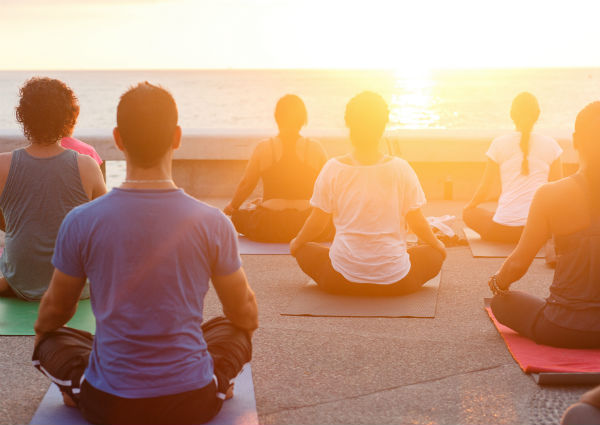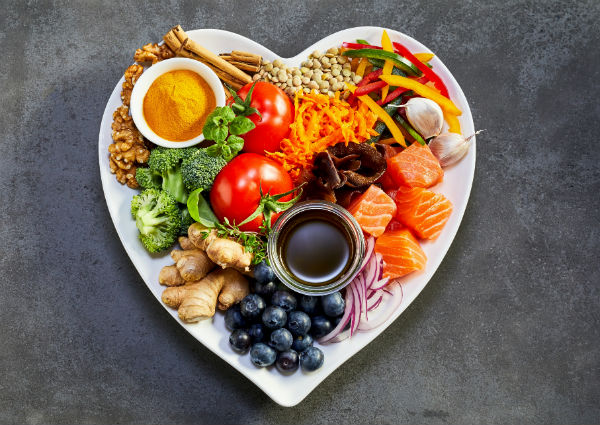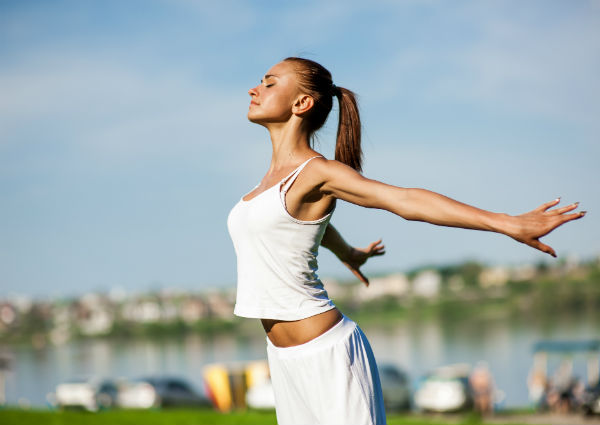Can you remember a time when you felt comfortable in your own skin? The Mental Health Foundation is asking this simple question in Mental Health Awareness Week 2019. In 2018, they found that 30% of all adults have felt so stressed by body image and appearance that they felt overwhelmed or unable to cope. For some people, this constant pressure to look a certain way will lead to addiction – from exercise addiction to eating disorders, internet addiction to substance abuse.In addiction, people often say they struggle to feel comfortable in their own skin. It’s common for recovering addicts to say they felt very ill at ease before their addiction developed. This can be for many reasons – such as trauma in childhood, untreated anxiety of depression, insecurities in peer groups or lack of positive role models. Without intervention, these painful early experiences can lead to distorted beliefs about the body.
So, how can you take the pressure off in addiction recovery? In this blog, we’ll look at some simple ways to #BeBodyKind – above all, it’s about caring for your mental health.
5 Ways to #BeBodyKind in Addiction Recovery
1. To #BeBodyKind, always treat your mind first

If you are very stressed or dissatisfied with your physical appearance, the best way to #BeBodyKind is to seek mental health support. The solution to your distress is not extreme exercise or cosmetic surgery or restricting your food – it’s understanding why you feel so unhappy with your body. In addiction recovery, this can include working with therapists in rehab, attending outpatient counselling, sharing at recovery meetings and going to aftercare groups.
2. Eat three meals a day in food addiction recovery

Anorexia nervosa has the highest death rate of any psychiatric disorder. It’s a mental health disorder with addictive characteristics – including ritualistic behaviours, obsessive thoughts and compulsive behaviours. Anorexics restrict food to the point where they are malnourished and usually seriously underweight. There are no happy endings with untreated anorexia – so if you’re suffering, please reach out for help as soon as you can.
Cycles of bingeing and purging in bulimia are often be driven by body image problems. If you’re bulimic, you may feel deeply unhappy with, or even disgusted by, your body shape or weight. The fact that others can’t see what you see can increase your isolation in the illness.
Orthorexia, an obsession with eating clean foods, can be underpinned for a faulty belief that pure foods will contribute to more acceptable or attractive physical features. The unrelenting nature of this addiction means that no change in physical appearance will ever be enough to satisfy you.
In eating disorder recovery, eating three balanced meals a day is important to regulate your nutritional intake, improve mental wellbeing and recover your physical health. Professional and peer support is essential, to help you manage the emotions that come with eating regular meals.
3. Exercise for enjoyment, rather than fitness or weight goals

There is no doubt that regular physical activity has great benefits for our health. The World Health Organisation recommends that all adults, aged 18 and over, should aim for at least 150 minutes of moderate-intensity aerobic activity throughout the week.
However, if it feels like you can never push yourself hard enough at the gym, or you always fall short of your physical fitness goals – then exercise has probably become an addiction, underpinned by body image problems. Women and men suffer from this, often influenced by cultural perceptions or trends around physical attractiveness.
In some cases, exercise addiction and drug abuse co-exist – for example, conditions such as muscle dysmorphia (where people, often men, believe they are insufficiently muscular) can lead to anabolic steroid abuse.
At the start of your recovery from exercise addiction, it’s useful to abstain from exercise for a period of time, while you undergo addiction treatment or counselling. This will help you uncover the main reasons why you feel compelled to exercise so much.
Once you’ve established your addiction recovery, including building your support network, you can usually begin to introduce moderate activity again. To #BeBodyKind in addiction recovery, choose activities that enhance your sense of wellbeing, such as nature walks or dancing with friends – rather than pursuing activities solely to achieve fitness, weight or body shape goals.
4. #BeBodyKind by taking internet and social media breaks

If you’re feeling increasingly dissatisfied online, particularly about how you look in comparison to others, then the best antidote is to switch off from punishing online habits. Give yourself a break from Photoshopped images, style influencers and selfies.
If you’re addicted to internet or social media use, you will benefit from expert help and peer support to recover. Rehab, counselling and community support can help you break addictive habits and set healthy boundaries around internet use.
5. Managing physical pain in addiction recovery

You may be an older person, who feels very debilitated by chronic pain. Perhaps you’ve had a bad accident or illness, which has caused ongoing pain or disability. In these situations, you may feel dissatisfaction or despair with your body. It can feel like your body is failing you, where once it worked well. You may feel hopeless – like nothing you can do will ever ease your bodily discomfort.
If you’ve been using opioids to manage your pain for longer than three months, seeking out addiction treatment and alternative therapies is recommended. Detox and rehab treatment for prescription drug addiction can help you transition safely from addiction to abstinence. In addiction recovery, massage, osteopathic exercises, heat treatments, non-addictive painkillers, mindfulness and meditation can be useful alternatives to opioid drugs.
If you need help with addiction and body image problems, please get in touch with the UKAT Admissions team. We’re here to help you recover.

